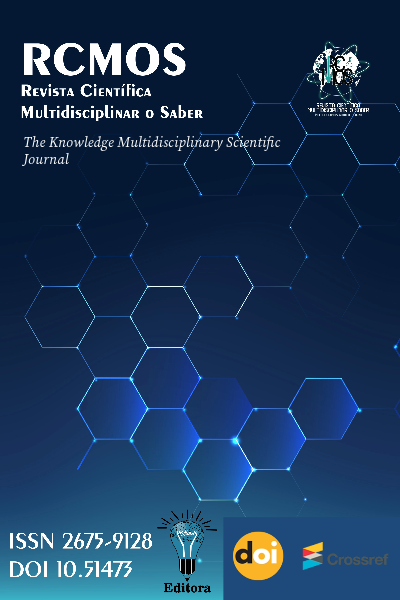Forms of Address in European Portuguese and Teaching Portuguese as a Foreign Language (PFL).
Forms of Address in European Portuguese and Teaching Portuguese as a Foreign Language (PFL).
DOI:
https://doi.org/10.51473/rcmos.v1i2.2024.798Keywords:
Formas de tratamento, Português Europeu, Ensino de PLEAbstract
Forms of address are one of the regulators of interpersonal relationships, being both influenced by and influencing the society in which they are embedded. Based on a literature review, this study aims to analyze the classifications and specificities of forms of address in European Portuguese, including the wide variety of existing forms, the inconsistent use of pronouns such as “você,” and the various sociocultural factors that influence the choice of forms of address. Currently, the growing use of the third-person verb without an expressed subject in the singular stands out, as it has become increasingly popular in communicative situations for not implying any personal trait of the addressee. Characteristics of creativity and informality in the use of forms of address are also observed, stemming from new forms of communication, especially in digital interactions. The study also addresses the main difficulties faced by learners in mastering this aspect of the language, as well as the pedagogical strategies that can be implemented in teaching practice, such as systematic explanations of usage rules, role-playing activities, letter writing, among others. It is concluded that, although forms of address in European Portuguese present characteristics of instability and complexity, addressing them in the context of PLE (Portuguese as a Foreign Language) contributes not only to the development of learners’ oral communication skills but also to the deepening of their intercultural competence.
Downloads
References
BAZENGA, Aline Maria. Formas de tratamento nominais na intimidade (amigos íntimos, pais, casal). Revista LaborHistórico, v.10, n.2, 2024.
CARREIRA, Maria Helena de Araújo. Formas de tratamento de português como designação do outro e de si: perspetivas de investigação e transposição didática. 2001. Disponível em: https://www.varialing.eu/wp-content/uploads/2017/03/Helena-Carreira_PLE1.pdf. Acesso em: 10 de dez. de 2024.
CINTRA, Luís Filipe Lindley. Sobre “Formas de tratamento” na língua portuguesa. Lisboa: Livros Horizonte, 1972.
DUARTE, Isabel Margarida. Formas de tratamento: item gramatical no ensino do Português Língua Materna. Gramática: História, teorias, aplicações. In: Gramática: história, teorias, aplicações. Porto: Faculdade de Letras, 2010, p. 133-146.
GOUVEIA, Carlos Alberto Marque. As dimensões da mudança no uso das formas de tratamento em Português Europeu. In: O fascínio da Linguagem. Homenagem a Fernanda Irene Fonseca, 2008, p. 91-100.
LEŠKOVÁ, Jana. As formas de tratamento em Português Europeu. 2012. Dissertação (Mestrado em Linguística) – Palacký University Olomouc
MARQUES, Maria Aldina; DUARTE, Isabel Margarida. Formas de tratamento e papéis sociodicursivos em debates políticos televisivos em Portugal: 1975-2022. Revista LaborHistórico, v.10, n.2, 2024.
Downloads
Additional Files
Published
Issue
Section
Categories
License
Copyright (c) 2024 Yanping Tang (Autor/in)

This work is licensed under a Creative Commons Attribution 4.0 International License.










